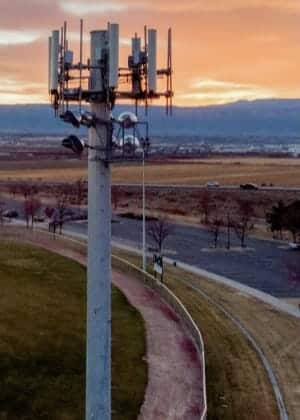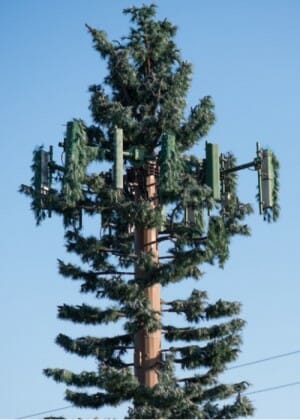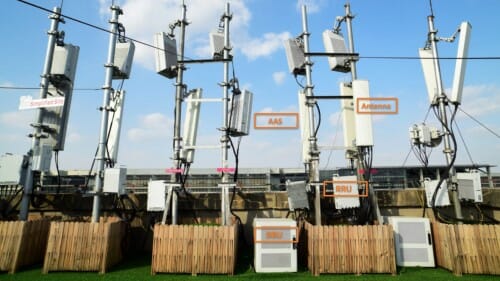- Article & Insights
- November 9, 2024
- Hema Kadia
Explore Private Networks characterstics, benefits, ecosystem players and the top industry verticals leveraging private networks.
Home » 5G Magazine » 5G Tower, Small Cells, DAS Edition | 5G Magazine » 5G Cell Towers: An Introduction
Early 2020. The world was navigating itself well through its myriad of problems using innovation, automation, and the adoption of new technologies. But a microorganism of the size of 50nm had other plans. By the first quarter of 2020, it has spread its venomous tentacles across the world. All hustle-bustle of the world is gone, and people from corporates to daily wagers were locked up at their homes.
But could the world economy take a pit stop? The answer was simply NO. To cater to this emerging situation, the world woke up to an unprecedented adoption of technology and digital transformation. There was a ubiquitous need for high-speed, reliable, and low latency telecommunication standards.
The digital transformation continued with more vigor, with the world-embracing 5G. 5G provided a communication system that was fast, reliable, had low latency and was designed to support a plethora of applications across industry verticals. 5G operated across the spectrum from mm-wave in the high band, to cm wave in mid-band and low-band. The year 2020 and 2021 saw several CSPs involved in trials of 5G and subsequent commercial network launches.
As of Sept 2021, there are around 180 live commercial deployments of 5G globally.
Based on the market forecast by GSMA Intelligence 5G connections are expected to reach 15% of the global connection base by 2025. This will mean a huge investment from the wireless carriers to not only procure 5G gears but also to acquire site infrastructure to install them. Telecommunication deployment be it wireline or wireless, is built on active and passive components. The passive components are generally the site building, cell towers, ducts, and cable and the active components generally consist of telecommunication gears like base stations, Remote Radio Units, and antenna systems.
In most commercial presentations about the deployment of any telecom technology, discussions move around the telecom gears, but site infrastructure is vital to power the entire technology implementation. While discussing site infrastructure we frequently hear two terms cell towers and cell sites. Quite often, they are used interchangeably, but there is a striking difference between the two.
Cell Site: The Cell-Site is used to identify the entire infrastructure (active and passive) be it antennas, buildings, telecom gears (comprising of the base station, Remote Radio Head), and power resources.
Cell Towers: Cell towers are the poles or mast, on which antenna systems, RRH (Remote Radio Head) are installed. A cell tower can be shared by multiple wireless carriers, or a single wireless carrier can use it. Generally, the cell towers are taken on rent or lease by the wireless carrier to install the gears.




So now that we understand what a 5G cell tower looks like, let us, deep-dive, understand the component of telecom gears that can be installed on a cell tower. To deploy a 5G technology on a cell site, we need a 5G BBU (Base Band Unit), which does the digital signal processing, and an RRU (Remote Radio Head) along with antenna systems for RF processing and antenna systems.




* Prices does not include tax

50 questions with scoring dashboard
Free
250 questions based assessment and insights
$1500
65+ questions based assessment and insights
$750
160 questions based assessment and insights
$1000
75+ questions based assessment and insights
Coming Soon
75+ questions based assessment and insights
Coming Soon